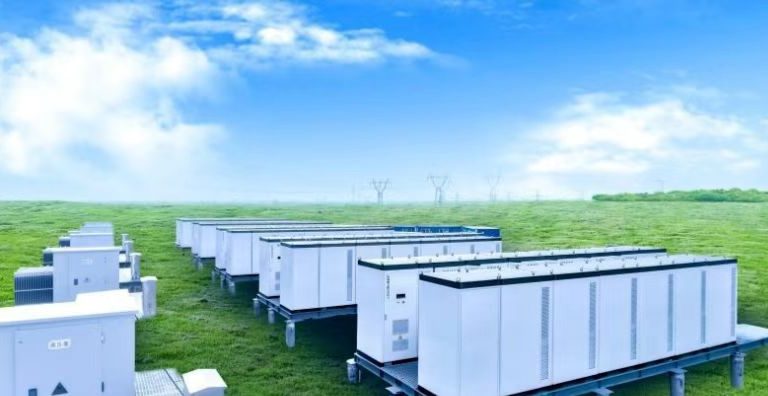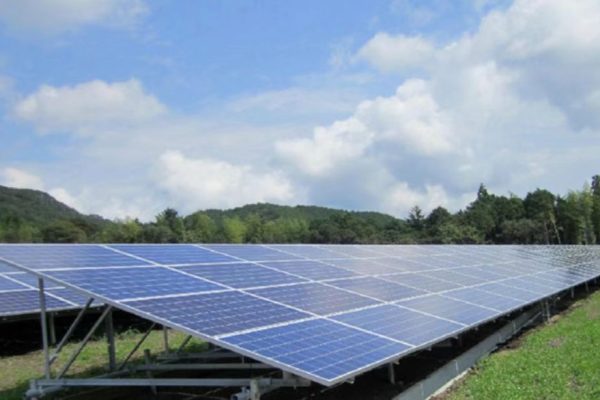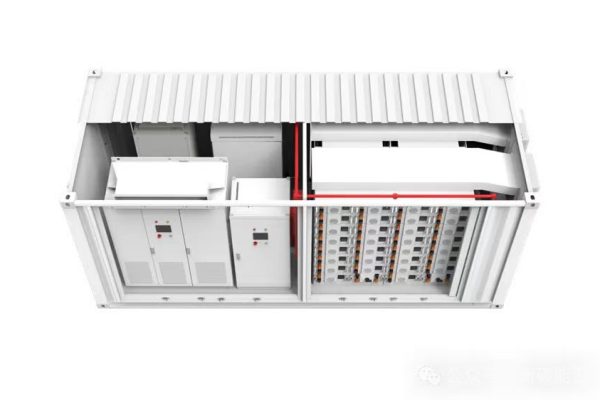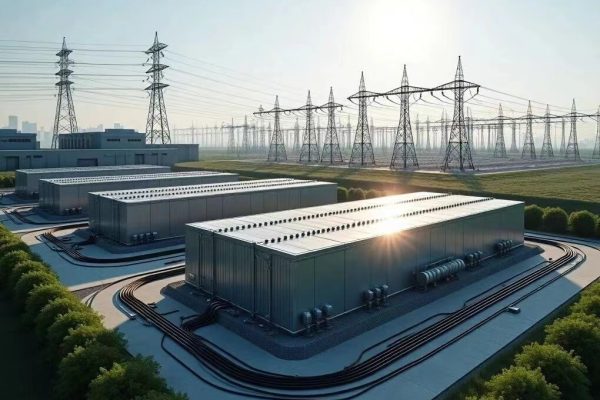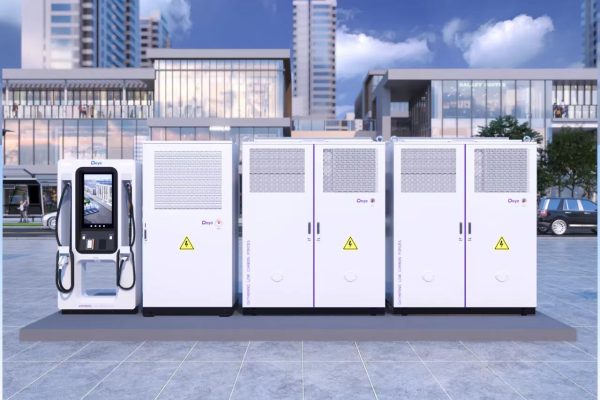Why TCO Matters in ESS Trade
In the export of energy storage systems (ESS), buyers are not only concerned with upfront prices. International clients, especially in Europe, North America, and Asia-Pacific, increasingly evaluate projects based on Total Cost of Ownership (TCO). TCO provides a comprehensive view of the long-term financial and operational impact of purchasing a system, making it a critical factor in buyer decision-making.
1. Defining TCO in the Context of Energy Storage
- Purchase Cost: Equipment price, shipping, customs duties.
- Installation Cost: Labor, site preparation, auxiliary components.
- Operating Costs: Electricity usage, monitoring systems, software licensing.
- Maintenance Costs: Routine service, spare parts, battery replacements.
- End-of-Life Costs: Recycling, disposal, or upgrade expenses.
Exporter Tip: Communicating TCO helps shift conversations from price per unit to value per lifecycle.
2. Why International Buyers Focus on TCO
- Risk Management: Buyers want to avoid hidden costs.
- Long-Term ROI: Especially important in utility-scale and industrial projects.
- Sustainability Compliance: Governments and financiers emphasize lifecycle costs.
- Competitive Comparisons: Buyers compare your TCO to competitors’ offers.
Exporter Tip: Buyers who ask about TCO are usually serious, professional clients—treat them with extra attention.
3. How Exporters Can Present TCO Effectively
- Break Down Costs Clearly: Show purchase, installation, O&M, and disposal separately.
- Use ROI Calculations: Demonstrate how efficiency and cycle life lower lifetime costs.
- Visualize with Charts: Pie charts or bar graphs showing cost distribution.
- Offer Scenarios: Compare TCO under different usage patterns (home, commercial, microgrid).
Exporter Tip: Always link TCO benefits back to buyer savings and faster payback periods.
4. Linking TCO to Product Differentiation
- Long Cycle Life = Lower Replacement Cost
- High Efficiency = Reduced Energy Losses
- Low Maintenance = Lower Service Expenses
- Safety Compliance = Fewer Liability Risks
Exporter Tip: Your unique selling points should directly connect to TCO advantages.
5. Regional Buyer Perspectives on TCO
- Europe: Strong focus on lifecycle ROI, carbon footprint, and recycling compliance.
- North America: Interest in warranty coverage, O&M contracts, and financing.
- Middle East: Emphasis on durability under high temperatures and harsh climates.
- Asia-Pacific: Price-sensitive but increasingly considering lifecycle performance.
Exporter Tip: Customize your TCO message to reflect regional buyer priorities.
6. Common Mistakes in Presenting TCO
- Only Quoting Upfront Price: Makes you look short-sighted.
- Overloading with Raw Data: Buyers need clarity, not spreadsheets of numbers.
- Ignoring Local Context: A TCO model for Europe may not fit GCC or Southeast Asia.
Exporter Tip: Always adapt TCO discussions to the buyer’s business model and region.
TCO as a Competitive Advantage
For ESS exporters, presenting Total Cost of Ownership is not just about numbers—it is about building buyer trust. A clear TCO framework shows transparency, professionalism, and long-term commitment to client success. Exporters who can articulate TCO effectively will stand out in competitive global markets, winning contracts by proving not only that their products work, but that they deliver real value over time.





